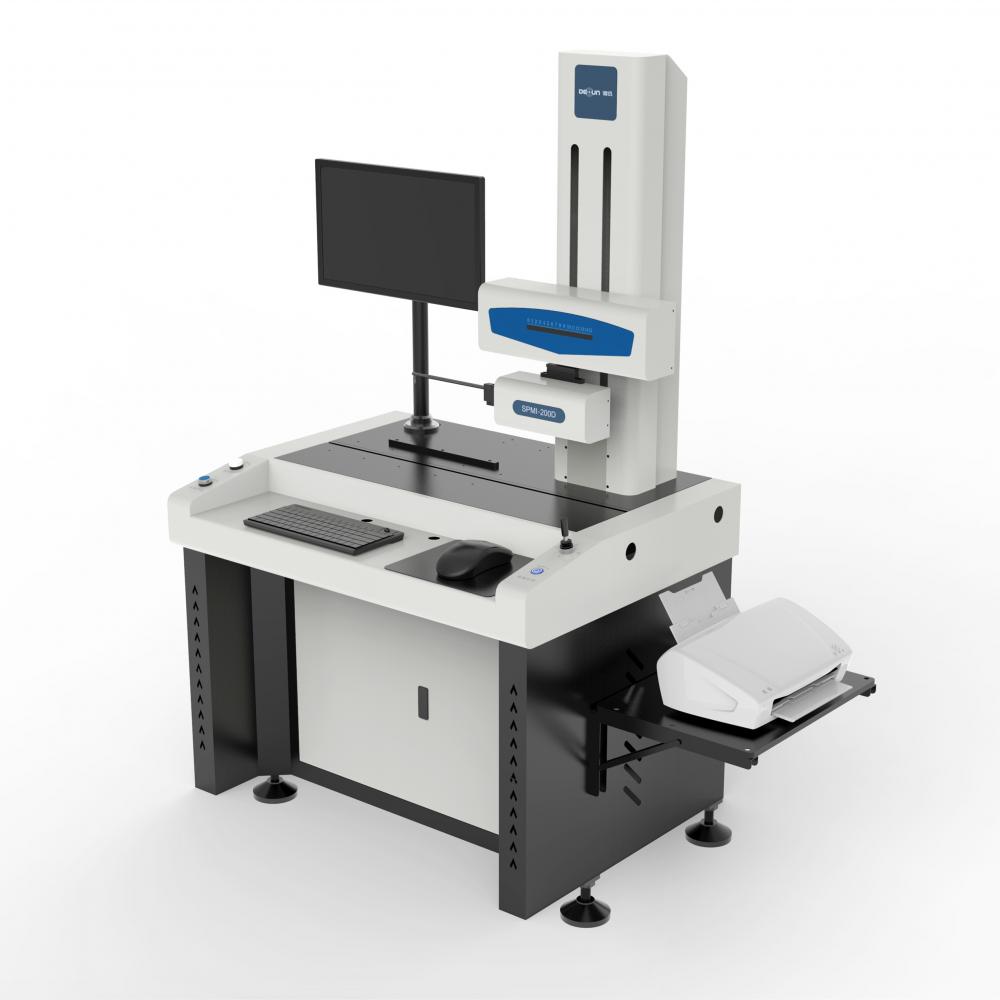There is a relationship between fertilizers and a contradiction between fertilizers. If more phosphate fertilizer is applied, the excess available phosphorus will combine with the available zinc in the soil to form insoluble zinc phosphate precipitation, which will cause the lack of available zinc in the soil. Not only that, the excess available phosphorus can also inhibit the absorption of nitrogen by crops, causing nitrogen deficiency. Another example is to apply more potassium fertilizers. The excess potassium will reduce the absorption of nitrogen, magnesium, calcium, boron and zinc by the crops, causing the crops to lack these nutrients. In addition, even organic fertilizers should not be used too much. To prevent "compromising" between fertilizers, the following methods can be adopted: 1. As far as possible to achieve balanced fertilization. Partial application or more application of elemental fertilizers to crops will not only cause waste and increase production costs, but also easily lead to the lack of some other nutrient elements. When fertilizing, it is necessary to meet the requirements of the amount of income according to the different fertilizer structure of crops and the fertilizer supply capacity of the soil. 2. According to the crop's demand for the most nutrient elements, the ratio should increase with the increase, or decrease with the decrease. Compared with simple fertilizers, the ratio of nutrient elements in compound fertilizers or compound fertilizers is more appropriate and coordinated. Therefore, compound fertilizers should be used as the main fertilizer when fertilizing, and elemental fertilizers should be used as supplements. For example, for crops that require a large amount of potassium such as tubers and roots as harvest objects, the application of sulfur-based compound fertilizers can be appropriately increased. Potassium sulfate elemental fertilizer is used as a supplement. 3. Stagger the application period or application site. If zinc fertilizer and phosphate fertilizer are mixed, it will inevitably produce "combination". Therefore, phosphate fertilizer should be used as base fertilizer or base fertilizer, and zinc fertilizer should be used as topdressing. Nitrogen, phosphorus, potassium and other macro-element fertilizers should be mainly rhizosphere topdressing, and micro-fertilizers should be sprayed on leaves. 4. Reduce the scope of contact. Nitrogen and potassium fertilizers can be applied by spreading methods; phosphate fertilizers can be concentrated fertilization; micro-fertilizers can be seed dressing, seed soaking, root dipping and other methods, so that the trace elements are confined to the smaller range of the roots, and try not to use a large amount of Element contact. Disclaimer: Some articles on this website are transferred from the Internet. If the legal rights of a third party are involved, please inform this website for processing. phone Roughness Profilometer, also known as surface roughness meter, surface smoothness meter, surface roughness tester, roughness measurement meter, roughness tester, and other names. It has the characteristics of high measurement accuracy, wide measurement range, easy operation, portability, and stable operation. It can be widely used for the detection of various metal and non-metal processing surfaces. This instrument is a pocket instrument that integrates sensors and hosts, with handheld characteristics, making it more suitable for use in production sites. The exterior design is sturdy and durable, with significant resistance to electromagnetic interference, in line with current design trends. The application fields of roughness meters include: Profile Projector ,Roughness Profilometer,Roughness Measuring Instrument,Surface Roughness Tester,Roughness Tester,Mitutoyo Roughness Tester Zhejiang dexun instrument technology co., ltd , https://www.dexunmeasuring.com
1. Mechanical processing and manufacturing industry, mainly metal processing and manufacturing. Roughness meters were originally developed to detect the surface roughness of machined parts. Especially, stylus type roughness measuring instruments are more suitable for detecting hard metal surfaces. For example, the automotive parts processing and manufacturing industry, the mechanical parts processing and manufacturing industry, and so on. As long as these processing and manufacturing industries involve the surface quality of workpieces, the detection application of roughness meters is essential.
2. In the non-metallic processing and manufacturing industry, with the progress and development of technology, more and more new materials are applied to processing processes, such as ceramics, plastics, polyethylene, etc. Some bearings are now made of special ceramic materials, and pump valves are made of polyethylene materials. These materials have a hard texture, and some applications can replace metal materials to make workpieces. During production and processing, their surface roughness also needs to be tested.
3. With the continuous strengthening and improvement of the technology and functions of roughness meters, as well as their in-depth promotion and application, more and more industries have been found to require roughness detection. In addition to mechanical processing and manufacturing, roughness evaluation is also required in the production and processing of power, communication, electronics, such as couplings on switches, integrated circuit semiconductors, and even stationery, tableware, and other products used in people's daily lives The surface roughness of human teeth needs to be tested.
There are coups to prevent fertilizers